
views
Holding Your Flute
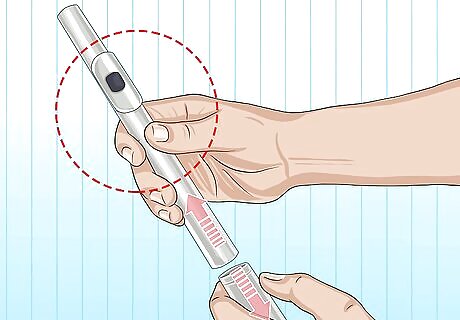
Remove the head joint from the rest of the flute. Your flute may disassemble, in which case you should use only the head joint (the end piece you blow into). Don't worry if your flute is one piece though, you can still practice comfortably with a full flute by simply leaving your fingers off of the holes.
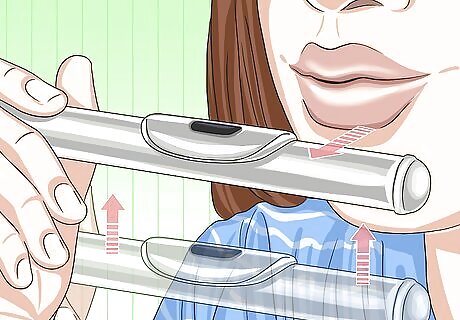
Raise the flute to your lips from the direction of your chin. Bring the flute toward your mouth, from beneath it, with the holes facing up and the keys (or where the keys would be if you removed the head joint) on your right side. Hold the flute horizontally and to your right. The hole you blow into should be facing upward. If you are practicing with a full flute, hold it with your left hand closest to your mouth, the palm facing you, and your right hand on the farther part of the flute with your palm facing out. Balance the flute using both hands without covering any of the holes or pressing any keys.
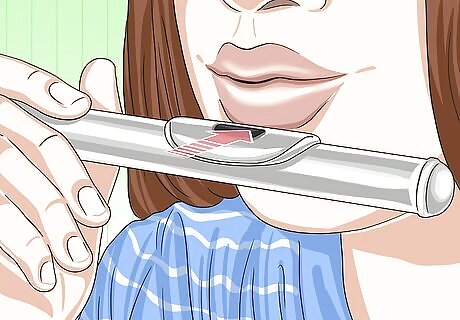
Position the flute below your mouth. The lip plate should rest gently in the place where your lip and chin meet. This will leave your bottom lip covering part of the hole in the flute, but be sure it is not too much, as you still need enough space to push your breath through the top and bottom of the opposite edge.
Shaping Your Mouth Correctly
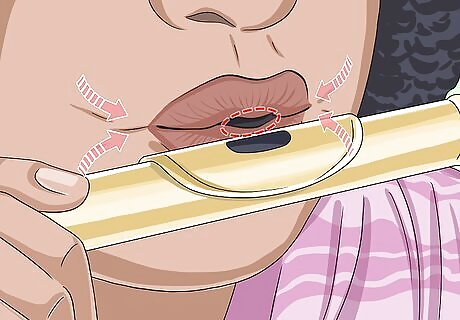
Press the corners of your mouth together, leaving an oval shaped hole. Without changing the position of your bottom lip, press the sides of your mouth together, leaving a small hole in the center through which you will blow over your flute. It may be difficult to purse your lips without moving your bottom lip, feel free to readjust your flute after positioning your lips. The opening between your lips should be centered over the hole in your flute, even if the opening is not directly in the center of your mouth.
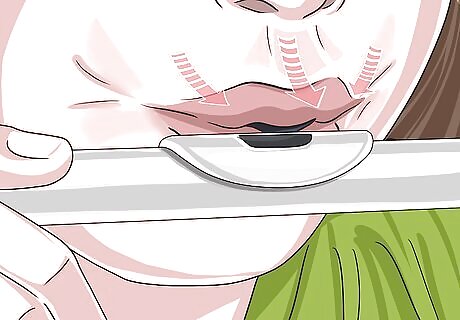
Extend your top lip slightly past your bottom lip. You will blow down yet over the flute using your top lip to control the direction of your breath.

Blow into your flute just as you would blow to whistle. You won't really blow into the hole, but over the edge of the hole through pursed lips using steady pressure. Hopefully, this will produce a clear note on your first attempt, but do not become discouraged if it doesn't. Simply pay attention to what sounds best and try to replicate what you were doing when you made a pleasing sound.
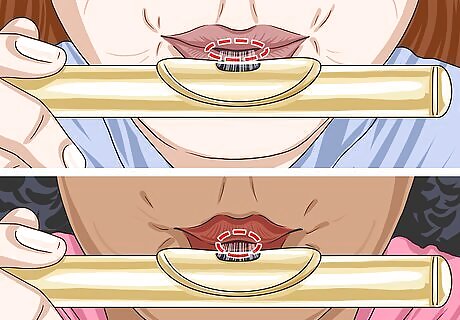
Experiment with your mouth shape and breath. Making small adjustments to the angle of your lips and the direction and pressure of your breath can significantly improve the tone and quality of the note you produce. You are looking for a clear, sustainable, and steady tone. Focus the stream of air you exhale first on one corner of the hole, then the other. Listen to the sound and remember where you were blowing when the note was most clear. Try breathing more softly or with more force. Pay attention to what sounds best and try to use the same amount of pressure as you continue practicing. Rotate your flute very slightly while blowing (and listening) to ensure your bottom lip is not covering too much of the hole.




















Comments
0 comment